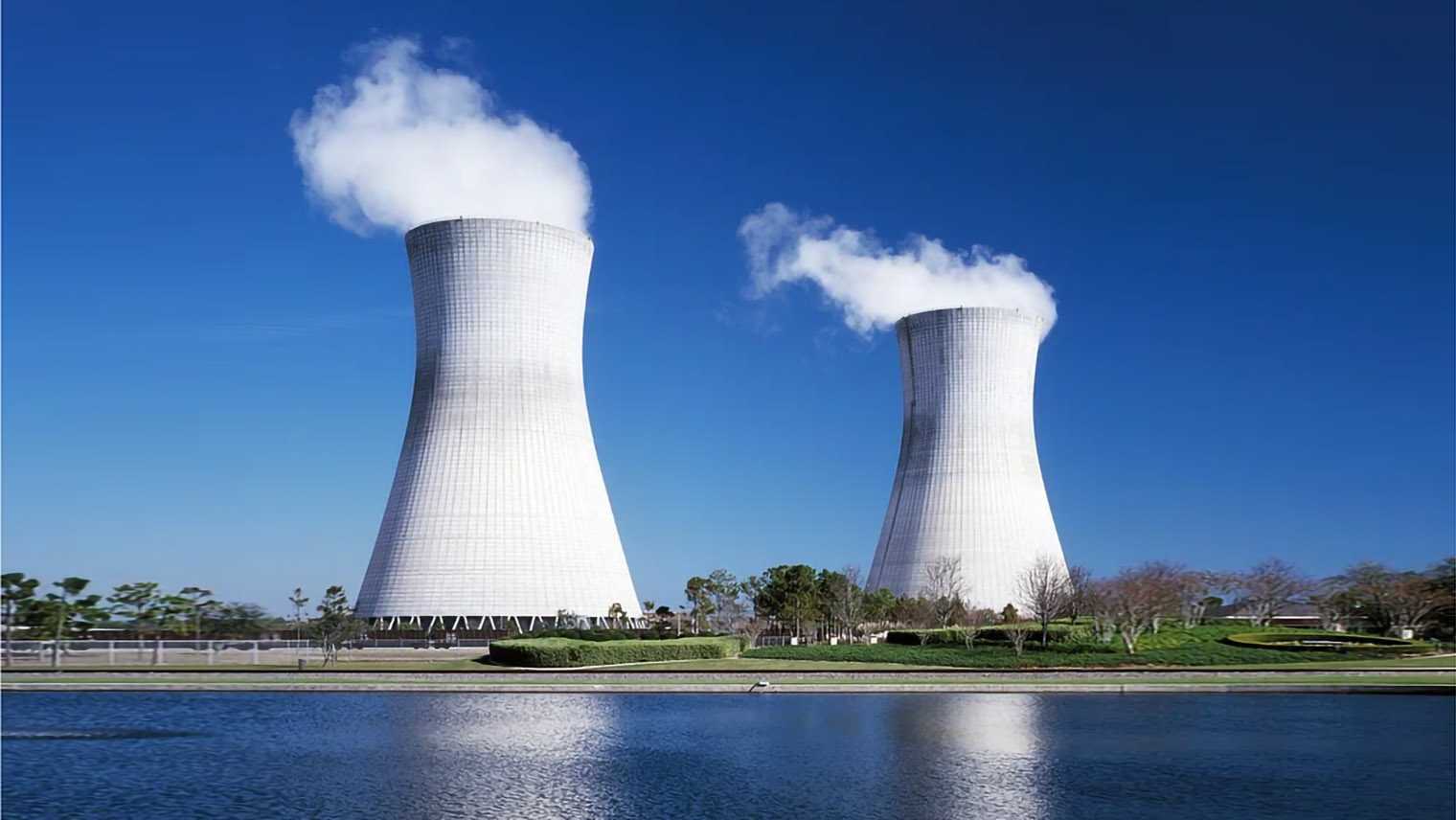After decades of stagnation, both politicians and the market are now talking about a new dawn for nuclear energy. The world’s electricity production from nuclear power is expected to reach record levels in 2025, and with more countries planning new reactors, the industry’s future looks brighter than it has in a long time.
At the World Nuclear Exhibition (WNE) in Paris, several leading actors emphasized that nuclear power is entering a new phase – no longer just a political tool, but a market-driven form of energy with growing :censored:6:cdd6bbaa89: demand.
Rafael Mariano Grossi, Director General of the International Atomic Energy Agency (IAEA), recalled the historic climate meeting COP28 in Dubai in 2023, where the world’s countries for the first time agreed that nuclear energy should be accelerated, not just tolerated.
– It was a turning point. For the first time in the commercial history of nuclear power, it is the market that is driving, not just states deciding from above. Demand is now coming from below – from the industry and the need for energy, said Grossi.
READ ALSO: Expert: Nuclear Power the Only Alternative
He urged participants to continue to engage in the rapidly growing sector.
– Nuclear power is facing significant moments all over the world. This is the beginning of something new.
Record Levels and Construction Boom
Even Fatih Birol, Executive Director of the International Energy Agency (IEA), shares the optimism. He noted that 2025 will be the year when humanity produces more nuclear power electricity than ever before.
– When I said at WNE 2021 that nuclear power would make a comeback, few believed me. But now it is back – and in strong form, said Birol.
READ ALSO: After Energy Failure – Germany Opens Up to New Nuclear Power
According to the IEA, 70 gigawatts of new nuclear power capacity is now being built worldwide – the highest level in three decades. In addition, 40 countries without existing nuclear power are planning to establish their own programs.
– The market is there, the technology is there, and the policy is moving in the right direction. Nuclear power has a golden opportunity to regain its role from the peak years of the 1970s and 80s. But that opportunity will not come on its own, emphasized Birol.
From the Margins to the Center
Sama Bilbao y León, Director General of the World Nuclear Association (WNA), described the development as a “turning point” for the industry.
– Nuclear energy has gone from being on the sidelines of the energy debate to becoming a central part of the world’s climate work, national security, and economic development, she said.
READ ALSO: Nuclear Power is the Future of Shipping
She reminded that nuclear power will once again have a clear presence at the next climate meeting, COP30 in Belém, Brazil, and urged the industry to act together.
– Declarations are not enough. Now we must deliver. The world needs at least 1,000 gigawatts of new nuclear power capacity in the next 25 years. In the last 25 years, we only built 100 – so the pace must at least triple.
The Call: From Words to Action
Bilbao y León identified concrete obstacles that must be solved: long licensing processes, lack of financing, and an aging supplier network.
– We must turn political will into practical decisions. It’s about faster permits, secured financing, and investments in skills. Governments can set the framework – but it is the industry that must build the future.
She emphasized that every new reactor project that succeeds strengthens the credibility of the entire industry:
– Every reactor that is put into operation and every innovation that works is a victory for everyone. It strengthens confidence and attracts new investments.
Swedish and European Perspective
In Europe, the revival is mainly taking place through lifetime extensions of existing reactors and the development of Small Modular Reactors (SMRs) – an area where Sweden, after a long period of red-green political blockage, has begun to move forward.
READ ALSO: Government: One Step Closer to New Nuclear Power in Sweden
The current government has opened up to allow new reactors in more locations than before and to give nuclear power a more prominent role in the energy mix. Swedish companies such as Vattenfall and Blykalla are exploring both new SMR projects and the possibility of extending operations at existing facilities.
In the Nordic region, Finland is also at the forefront of investments in new nuclear power. In Europe, Poland stands out with its transition from dirty coal power to clean nuclear power.
Risks and Challenges Remain
Despite the optimism, there are challenges. Many projects still face delays, cost overruns, and a shortage of qualified personnel. At the same time, safety issues and the issue of waste continue to be debated in several countries.
But in Paris, the message was clear: nuclear power is back – and if politicians, the market, and industry pull in the same direction, the 2020s could very well be the beginning of a golden era for nuclear power.
